How a Wisconsin farm girl ended up running a luxury car company, part 2: Life at Camelot
Across the digital world, most published content is designed for quick consumption. Still, deeper stories have a place—to share the breadth of an experience, explore a corner of history, or ponder a question that truly engages the goopy mass between your ears. Pour your beverage of choice and join us now for a story from our Great Reads project. Let us know what you think in the comments or by email: tips@hagerty.com
In 1963, erstwhile farm girl Alice Preston fell into the story of a luxury car manufacturer thanks to a chance meeting at the gas station where she worked (and wrenched). At the end of part one, she is right-hand woman to Excalibur Automobile Corporation’s head engineer. The company’s on the up, having successfully transformed a one-off, spurned show car into a line of hand-crafted, street-legal vehicles with Chevrolet engines and retro designs.
The continued success of Wisconsin’s Excalibur Automobile Corporation meant hiring more skilled craftsmen to help meet the increasing demand for cars. At its peak, in the early ’70s, the Milwaukee company employed over 200 people, many of whom Alice oversaw.
“In the beginning when I started working there, the guys weren’t any too happy,” she told me, saying that men in the factory would hide her tools and play pranks on her. “Except the secretary, I was the only woman who worked there, and there weren’t any [other women] until I started hiring some.”
On many occasions, outside phone callers even mistook her for a secretary. The problem persists today, though she owns what’s left of Excalibur plus Camelot Classic Cars, a restoration business dedicated to its cars.
“If they wanted technical questions answered, they’d sometimes have something to say, like, ‘Well, isn’t there a mechanic around here I could talk to?’” Alice tells me, rolling her eyes. “We get that a lot.”
Anyone who had trouble taking marching orders from a woman quickly learned that Alice meant business, and soon the Excalibur factory developed a close-knit, family feel. Meanwhile, Brooks Stevens—the renowned industrial engineer who had designed the original Excalibur, and whose sons had spun it into a fully fledged company—remained her loyal advocate and friend. He affectionately called her “Alice #2,” as his wife was also named Alice.

“Brooks was very good,” she remembers, nodding. “And he taught me a lot. He wasn’t a mechanic or an engineer, but he could see things. I have an eye that does that now, too.
“Later, he was in a wheelchair, and I would take him down the aisle [of the mechanic’s shop at his car museum] or whatnot, and he’d see something halfway down the aisle and go, ‘Oh, I see that thing on the fender bracket is getting a little wear, maybe we could fix that…’ and I’m thinking to myself, ‘Shit, I don’t know if I can do that, but I didn’t want to disappoint him,’ so I’d do it, and I be like, ‘Oh, I guess I can do that!’”
Although Brooks was not involved with the day-to-day operation of the company started, in part, with his help, he continued to give input on styling and design changes. With the debut of the Series III cars in 1975, Stevens mailed brochures to a slew of industry friends and associates. Alice still has a scrapbook holding his replies from Henry Ford II, Lee Iacocca, Robert Lund (head of Chevrolet), and Edgar Kaiser (Henry J. Kaiser’s son).
The mid 1970s brought unforeseen complications along with surprise success. New clean-air regulations, which stifled the power output of mass-produced cars, also caused the performance of Excalibur models to suffer. By 1975, the massive 454 big-block turned out a paltry 215 hp.

However, the mid-’70s also brought rising nostalgia for a mish-mash of baroque, Victorian, and early 20th-century styles, perhaps to counter the jet-age modernism of the ’50s and ’60s. Advertisements for everything from Lincoln Continentals to International Harvesters show well-dressed people visiting stuffy antique shops, and cars boasted an increasing number of luxury embellishments like opera windows, waterfall grilles, and hood ornaments.
The popularity of Excalibur cars reached new heights. For the first time ever, the company expanded beyond made-to-order vehicles to produce cars on-spec for dealers to sell. Output rose from 184 cars in ’76 to 367 by ’79. Brooks Stevens was credited for creating a whole new genre of cars, called neoclassics.
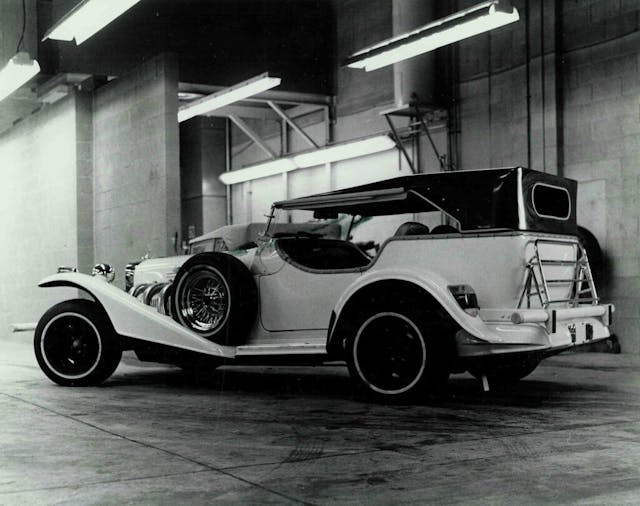
Excalibur’s success did lead to competitors entering the market, such as Panther Westwinds, Clénet Coachworks, and Zimmer Motorcars. But the original remained the king. Now pushing into $30,000 territory, the cars had become a status symbol for those with money to burn.
Adam West, George Foreman, Marty Ingels, Shirley Jones, and Sonny & Cher all bought Excaliburs. Comedian Phyllis Diller was particularly fond of the cars, buying four of them over the years and regularly visiting Milwaukee for Excalibur reunions.
Alice had the chance to meet many of these celebrities through her work, and she remains in contact with a handful of high-profile Excalibur owners today.
Enemy at the gates
The American auto industry found itself in a freefall by the end of the ’70s, under the collective weight of inflation, recession, foreign competition, and a second energy crisis. A new Excalibur Series IV launched in 1980, and the car became more versatile and less of a sunny-day roadster. Additions included real glass windows, a trunk integrated into the body, cruise control, an electrically operated convertible top, and rumble seats. Unfortunately, power output continued to fall, as the only engine option was a 305-cubic-inch V-8. Prices took a big jump, too.
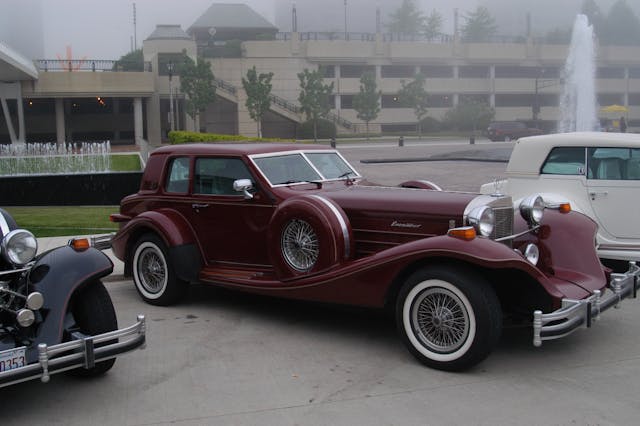
“The price of a car was pretty high, fifty grand by then,” Alice tells me. “And we weren’t making a lot of money per car.”
At the time, a new Cadillac DeVille started around $13,000, meaning Excalibur prices had ballooned from twice as much to quadruple the cost of a contemporary Cadillac. New government regulations for safety and emissions affected the tiny automaker’s budget disproportionately compared to industry giants like GM, Ford, and Chrysler. Excalibur quality remained immaculate, but the business of selling a few hundred hand-assembled cars per year was struggling to turn a profit.
“We doubled and then tripled our workforce, and then we had all those people to pay,” Alice explains.
It’s likely, she thinks, that Brooks Stevens funneled cash into his sons’ business to keep Excalibur afloat, but eventually they had to start making cuts. Alice found herself on the chopping block.
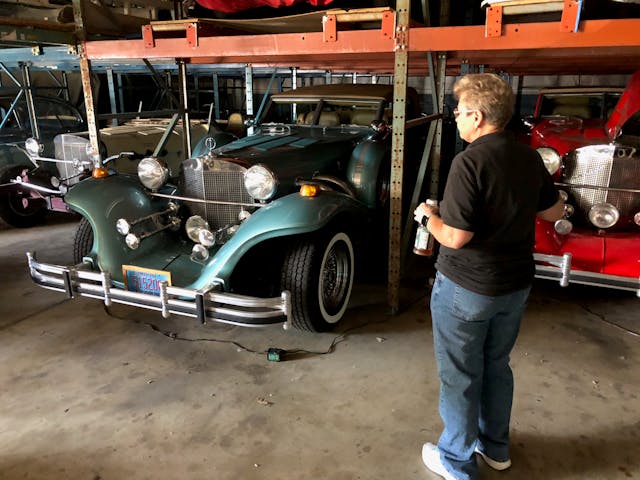
“Stevie [William Stevens] fired me in 1983,” she says. “I think it was because they were getting into some financial issues, and I was the highest paid person there … and I wasn’t making that much.”
Looking back, she laughs at the circumstances, but at the time she was still in disbelief.
“I’d never been fired from a job before. It was kind of a shock… I thought at first he was kidding.”
Times had gotten tough. Even though production started climbing again, it never recovered to 1970s levels. Signs of friction began showing between the brothers, too.
“Steve made all the money decisions; Dave made all the engineering decisions, and they fought about a lot of that,” says Alice.
“David would order 200 pieces of something that he thought he was going to make, and then he’d change the design. Steve’s like, ‘I’ve got 200 pieces, what am I supposed to do with them?’ and Dave’s like, ‘I don’t give a shit what you do with them. I changed it.’”
In 1986, just over 20 years after building the first Excalibur, and with 3216 cars to the company’s name, the brothers called it quits. The Henry Warner Group in Illinois bought the company and tried to make a go at it, but then sold Excalibur to Michael Timmer in 1991, who sold it to German businessman Udo Getlinger and his son Jens several months later. The record-keeping from those years was a little lax, but suffice it to say, Excalibur’s financial picture did not improve. It petered on until the last car was built in 1996.
Alice still cringes when she thinks of how it all ended.
“They tried building motorcycle trailers, motorcycles, trucks… They were all over the map. They built the Excalibur Limited Edition, which was a terrible thing. It was supposed to look like a Series III; Brooks saw it and went, ‘Oh my god, they messed up my car!’ It was bad,” she says, exasperated. “They had no engineer on staff. None! But they wouldn’t take our advice, so we said, ‘Okay, we’re not going to be associated with this.’”
Old alliances
Alice landed on her feet. After being fired, she expanded her home remodeling business from a side hustle to a full-time job. It kept her busy until one day she got a visit from her old boss.
“All of a sudden, Dave’s at the door—I hadn’t spoken with him because I was mad at him—and he says, ‘I have a proposal for you …’”
Brooks Stevens Design had been contracted by Oscar Mayer to build a fleet of all-new Weinermobiles. Brooks had designed the original back in the 1950s, and now Dave and Steve would be overseeing the new project.
“I think I made him wait almost like six weeks,” she says, laughing.

Alice had plenty of work already on her plate, but Dave’s pleading eventually convinced her. They built a total of nine Weinermobiles, based on Chevy van platforms with hotdog bodies made from fiberglass supplied by a former Excalibur employee’s shop.
“We took the whole operation and moved it back to the museum … it was the hottest summer ever, 1988, we must’ve had ten days over 100 degrees,” she says. “And we had this big, black weiner outside, with the sun beating on it … just killing ourselves to get these things done.”
As they finished up the project, Brooks Stevens, who had now retired from his titular design company, asked Alice to come back and work at his museum once more, this time as curator. Having started there as a mechanic in her teens, it was quite the full-circle moment for her.

During that time, she also found love again, in perhaps the only area of her life that didn’t revolve around fixing cars or houses: Coaching a women’s softball team. Alice and her wife were married in 1990.
“When I came out, people were actually getting killed downtown for being gay,” Alice says, somberly. “And I lost some friends. The times were so different.”
Brooks, however, remained a steadfast companion. With no full-time job to keep him busy, he visited his car museum almost every day. When he eventually became wheelchair-bound, Alice would help him run errands and take him on trips around town.
“He was my best friend, really,” she remembers, softly.
Brooks passed away in January, 1995, and Alice lost a lifelong mentor and friend. For three decades, they’d designed cars, restored cars, raced cars, built cars, and toured the country together.

“I don’t think I’d be doing any of this stuff if it wasn’t for the boss,” she says. “Brooks always was my friend. He just was that kind of guy. He could talk to anyone on any level, about just about anything … When he got sick, that was not easy.”
She continued to run the museum until 1999, when it was closed and the car collection sold off. In her words, she was too young to retire but “too old to learn something new,” so she started her own Excalibur restoration business: Camelot Classic Cars.
Protector of the kingdom
As Jens Getlinger prepared to throw in the towel with the Excalibur Automobile Corporation, he began selling off massive amounts of parts inventory to Alice. In 2001, a deal was minted to buy not just the parts but the entire company. Alice scraped together some cash and some cars to make a deal, but after accepting her down payment, the Getlingers fled the country to Monaco. Eventually the banks came calling. They gave Alice a pretty good deal to take the remaining pieces of Excalibur off their hands in 2003.
“About six months. It took that long to raise the funds, to beg, borrow, and steal.”

Today, she still owns Camelot Classic Cars, as well as Ecurie Excalibur, a holding company that owns all the tooling, trademarks, and intellectual property associated with the brand. Owners from all over the world come to her for parts and expertise, and she does her best to supply them. They even christened her “The Lady of the Lake,” after the old Arthurian legend of the mystical woman who is the keeper of the legendary sword.
Alice loves everything Excalibur, although she doesn’t love working on some of the later cars built after she left the company.
“We can always figure out how to fix them, but do I want to fix them? No, because they’re pieces of crap!”
Along with parts and repairs, Camelot Classic Cars also helps owners store, appraise, and sell their Excaliburs. Alice and the business have weathered a lot of storms, from the Great Recession to stage four throat cancer.
“When it became legal here in 2015, [my wife and I] were both fighting cancer, and we got married again.”
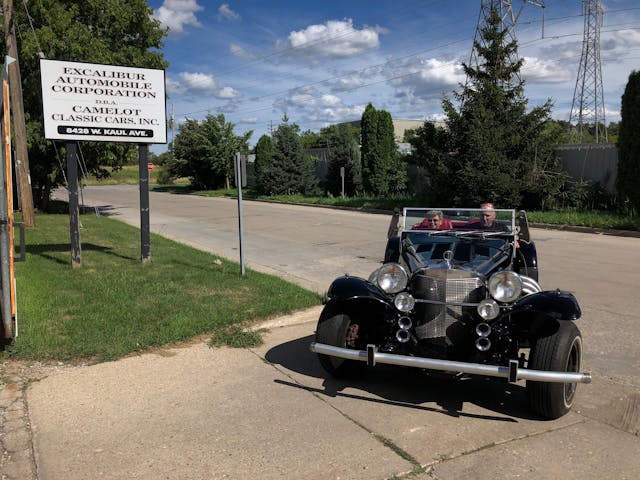
Happily, both survived (her wife had breast cancer), and Alice is finally considering semi-retirement. The COVID-19 pandemic and the resulting supply chain crises have been very hard on the business. The demand for restoration work is greater than ever, but the cost of parts has skyrocketed while availability has plummeted.
“I ordered windshields for Series I cars on August 12 of last year, and [we’re] just starting them this week,” she says with frustration.
As local machine shops have closed, the remaining large operations won’t deal with small requests like Alice’s. They want to do orders of 10,000, not 10. The man responsible for reproducing the iconic stainless steel Excalibur grilles just retired, and once Alice runs out of stock, they’re gone.
Finding employees to do the work has proved difficult, also. Milwaukee no longer has hundreds of talented machinists, mechanics, and seamstresses that it took to build Excaliburs, but customers keep calling for work.
“We’ve always been busier than we can handle, and we could be now,” Alice says. “I’ve just lost two people.”
At present, the company employs just two others, making the office a pretty quiet place, save for the occasional sound of tools running or an engine starting.
“People don’t understand how tiny we are,” said office manager Mike Wingate. “They think we’re still the factory. It’s just the three of us.”
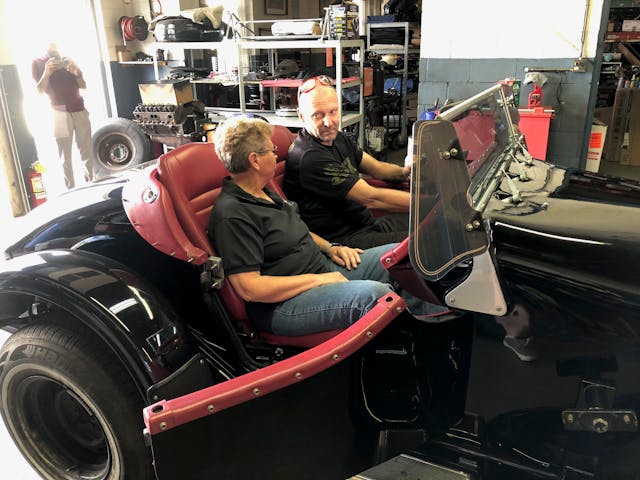
Mike takes orders and ships out parts, while Scotty Jones works on the cars. Alice does a little bit of everything.
“Most people know I’m honest. I do things the old-fashioned way,” she says. “I still do things on my word and a handshake.”
Brandon Westmoreland, a volunteer, helps with social media and promotions, introducing a new generation to the legend of Excalibur. Recently, several of the cars appeared in a locally produced music video.
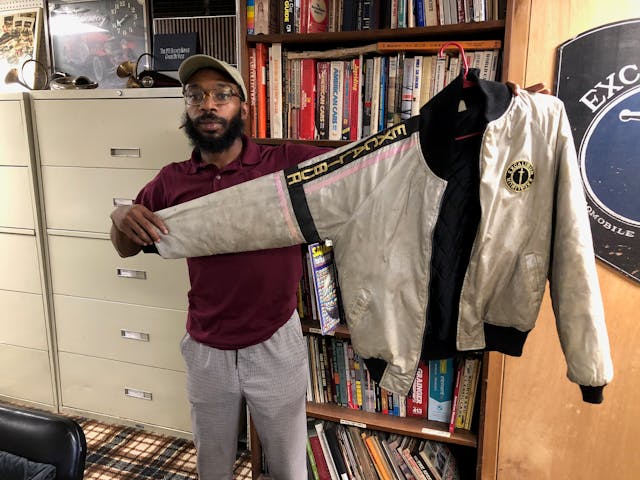
Despite being fired all those years ago, Alice remains on good terms with the Stevens family. Both of her old bosses have given their blessing to her efforts to keep Excaliburs alive and on the road.
“Steve’s a good friend. Dave’s a good friend. They’re here a lot,” she says.
Alice is currently looking for someone to buy Ecurie Excalibur, but she’s adamant that the new owner must protect the keys to the kingdom with the same vigilance she has. Like King Arthur of old, the business has been through some high times and some dark ages.
“If something happens to me, you know they’re just going to cut that shit up and throw it in a dumpster, which is what they were doing when I got it,” Alice says passionately. “Excalibur is a big part of history, especially Milwaukee, Wisconsin history.”

After almost 60 years, Alice looks back with pride at all she’s accomplished. That fateful day at the Enco gas station led a Wisconsin farm girl on a life-changing ride. After spending decades working on Excaliburs, she’s happy that the company’s image is being rehabilitated as well.
“Now it’s turning around again. But it’s taken a long time. There’s big interest again. A couple people have tried buying the company, but they want to steal it,” she said, crossly. “They think they’re talking to an absolute idiot. I may not be educated, but I’m not that big of an idiot.”
She may be the Lady of the Lake, but she’s got the determination of a king.
Check out the Hagerty Media homepage so you don’t miss a single story, or better yet, bookmark it.
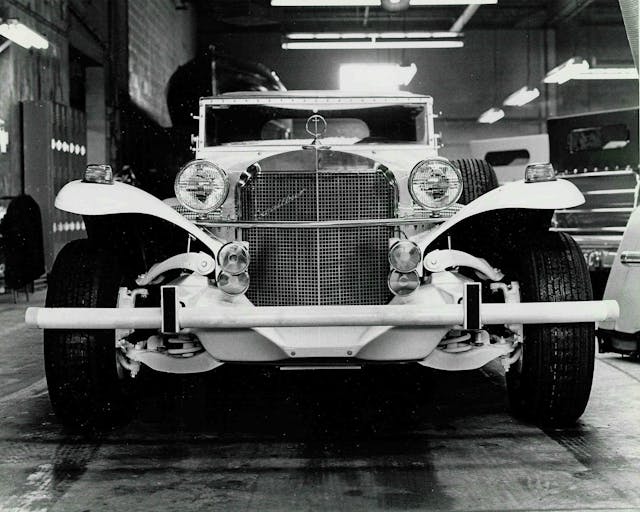

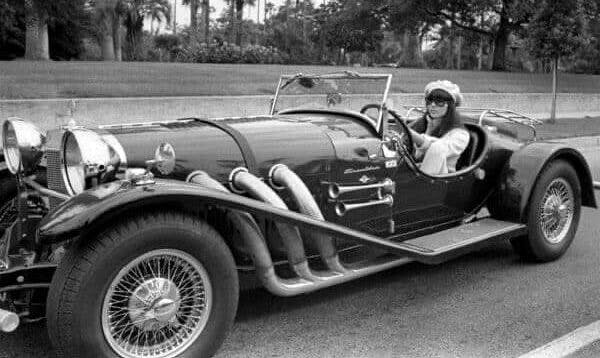
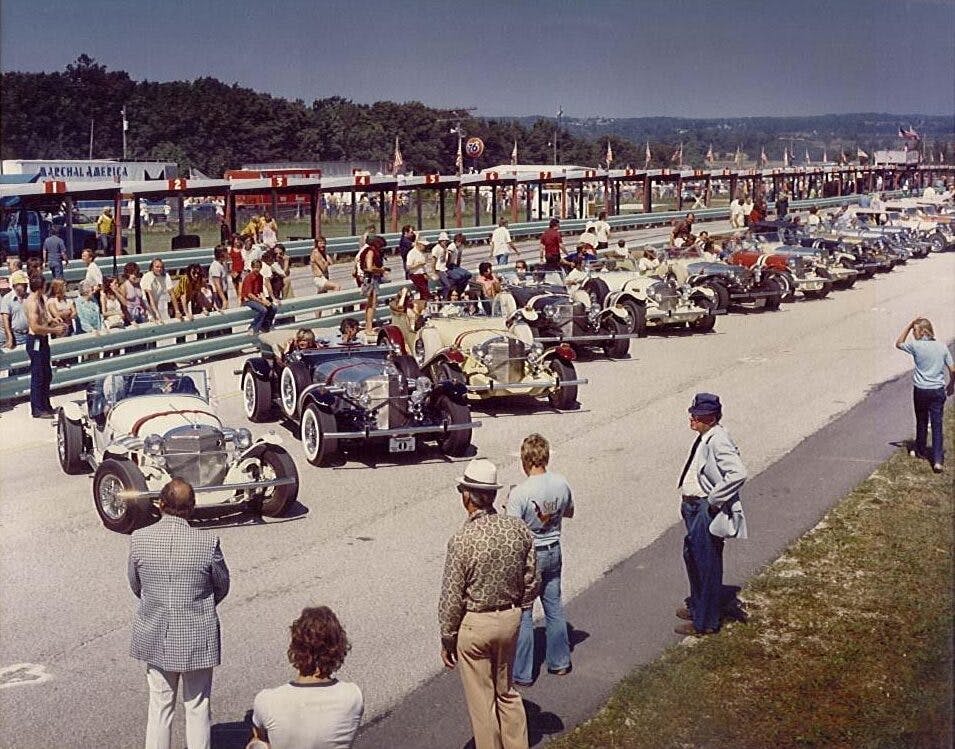
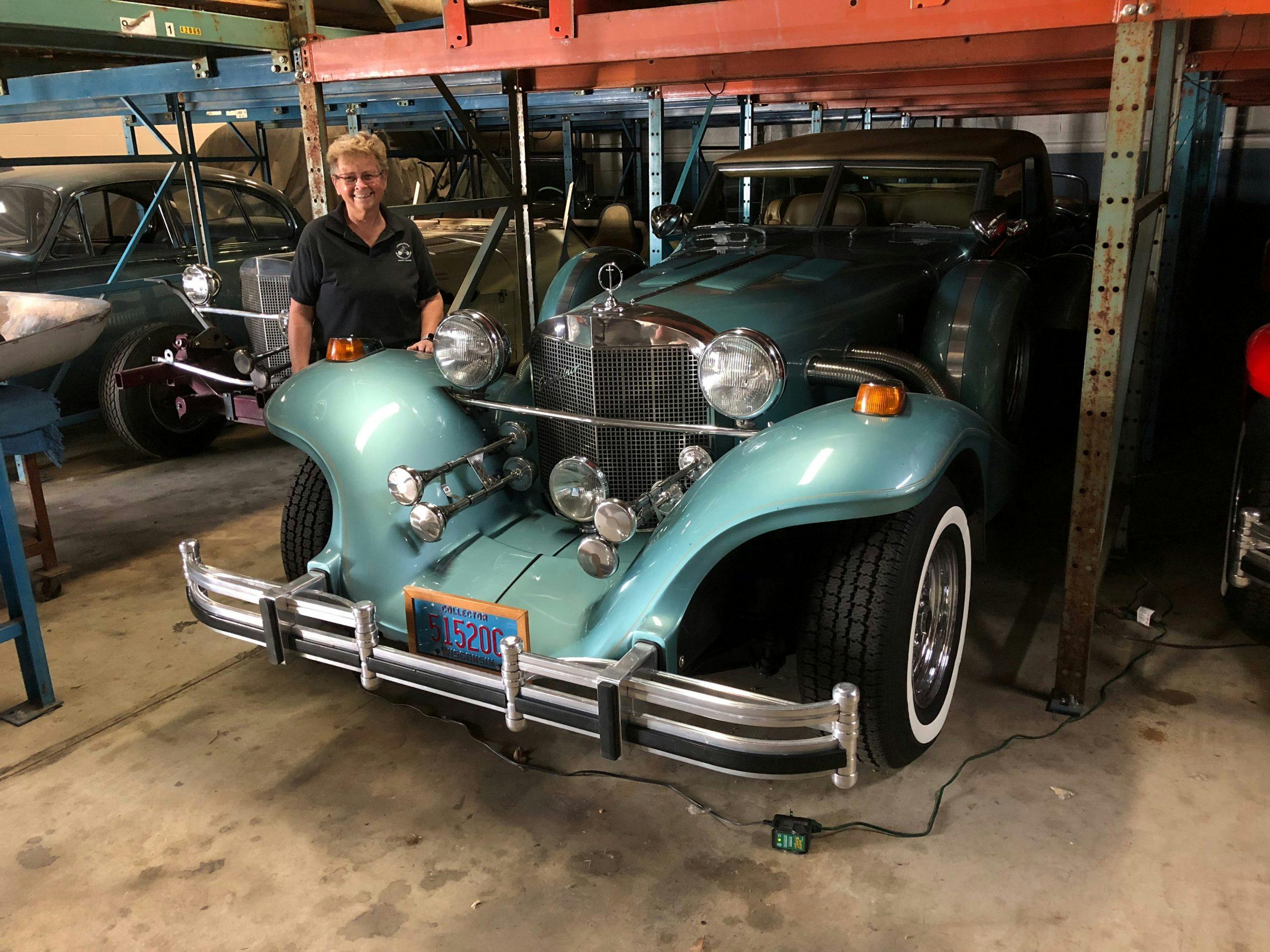
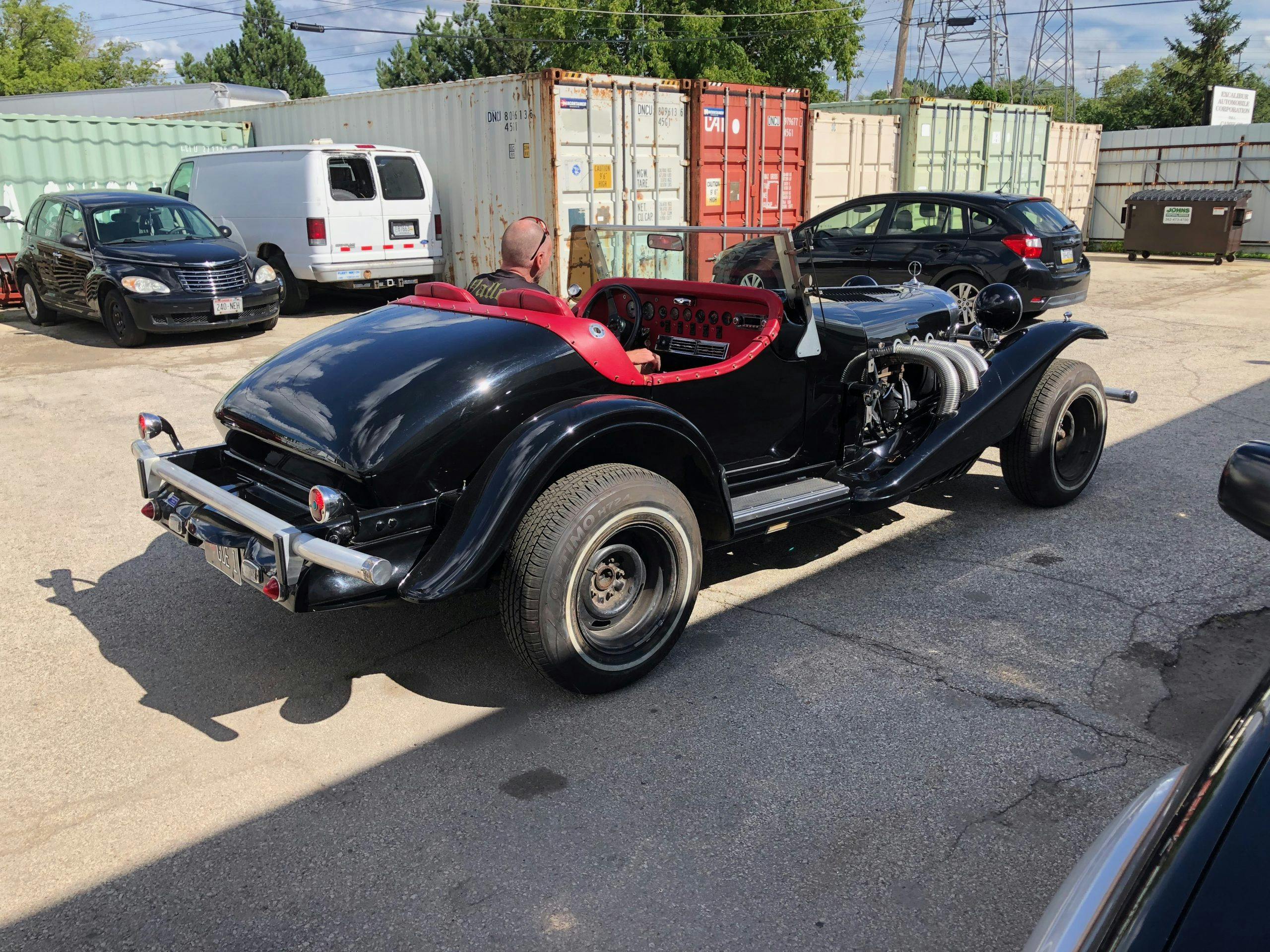

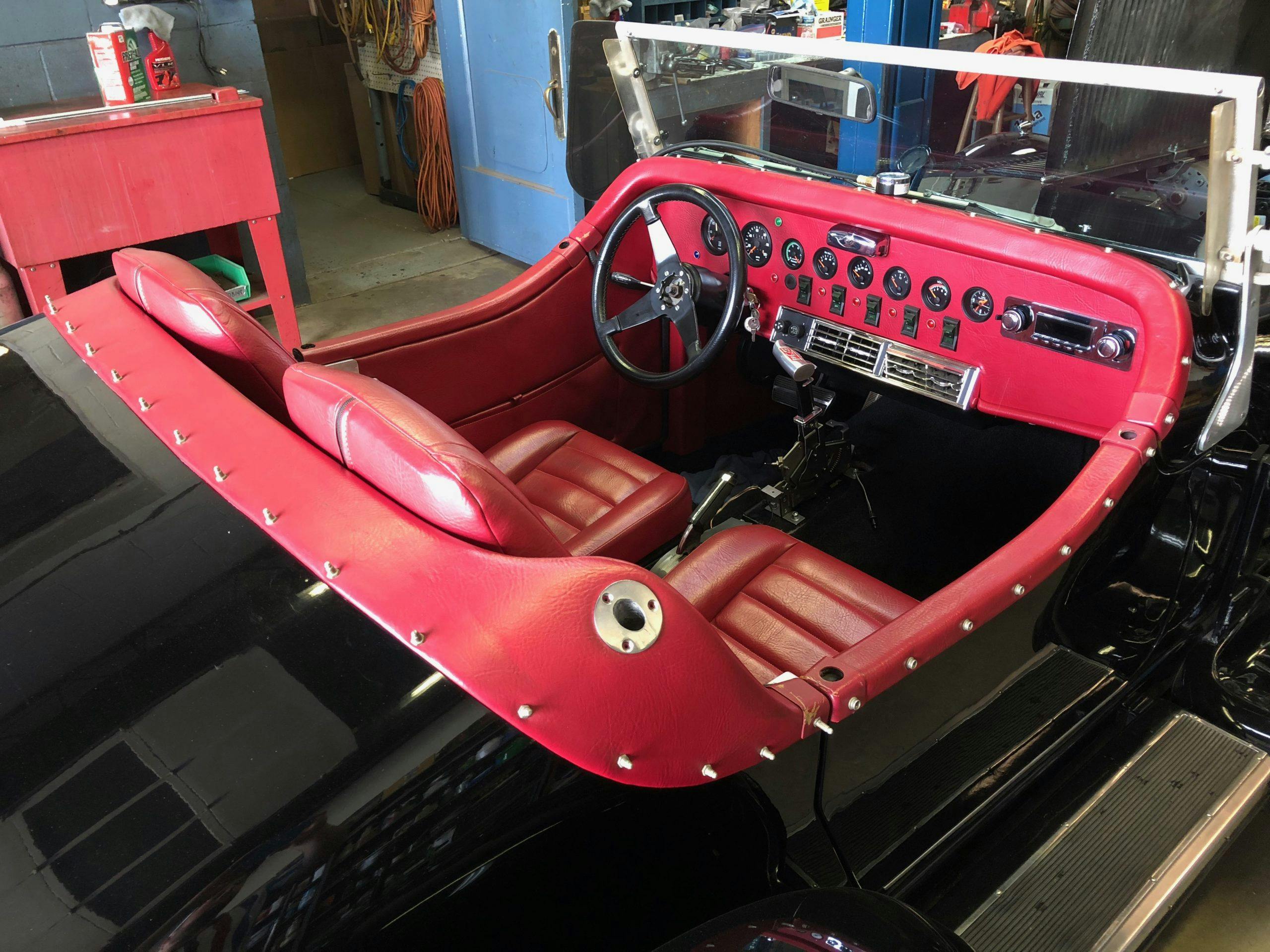
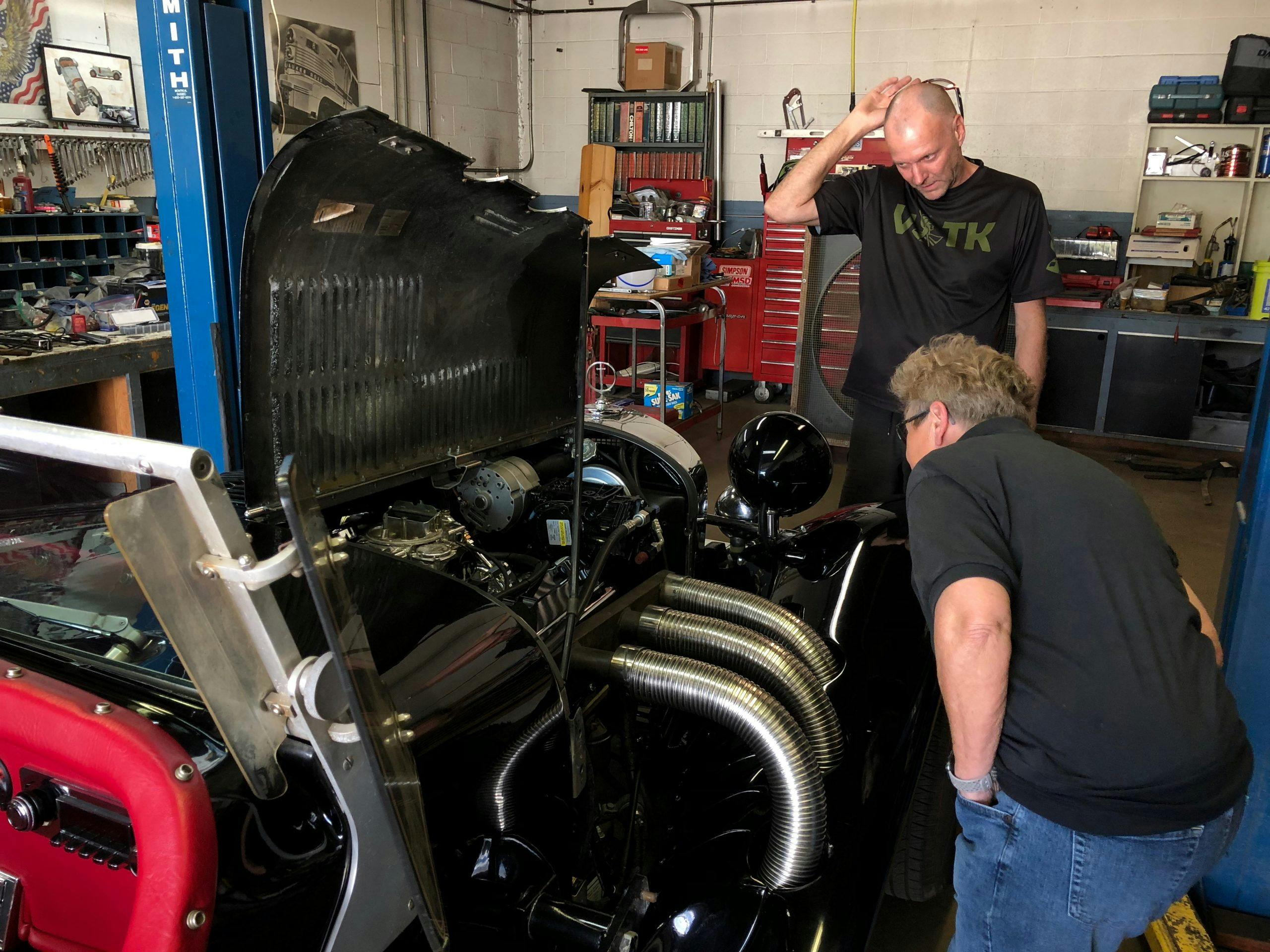
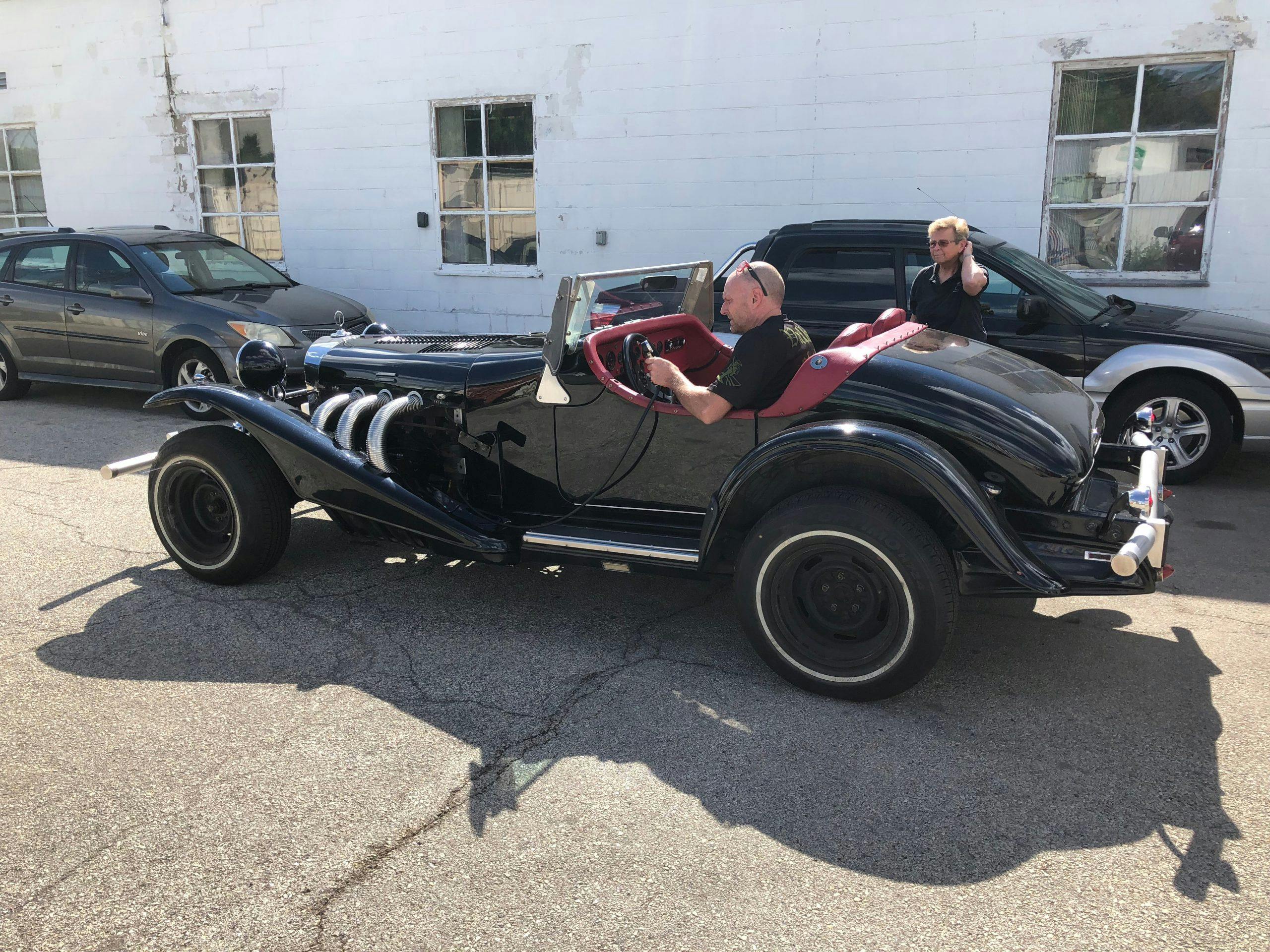
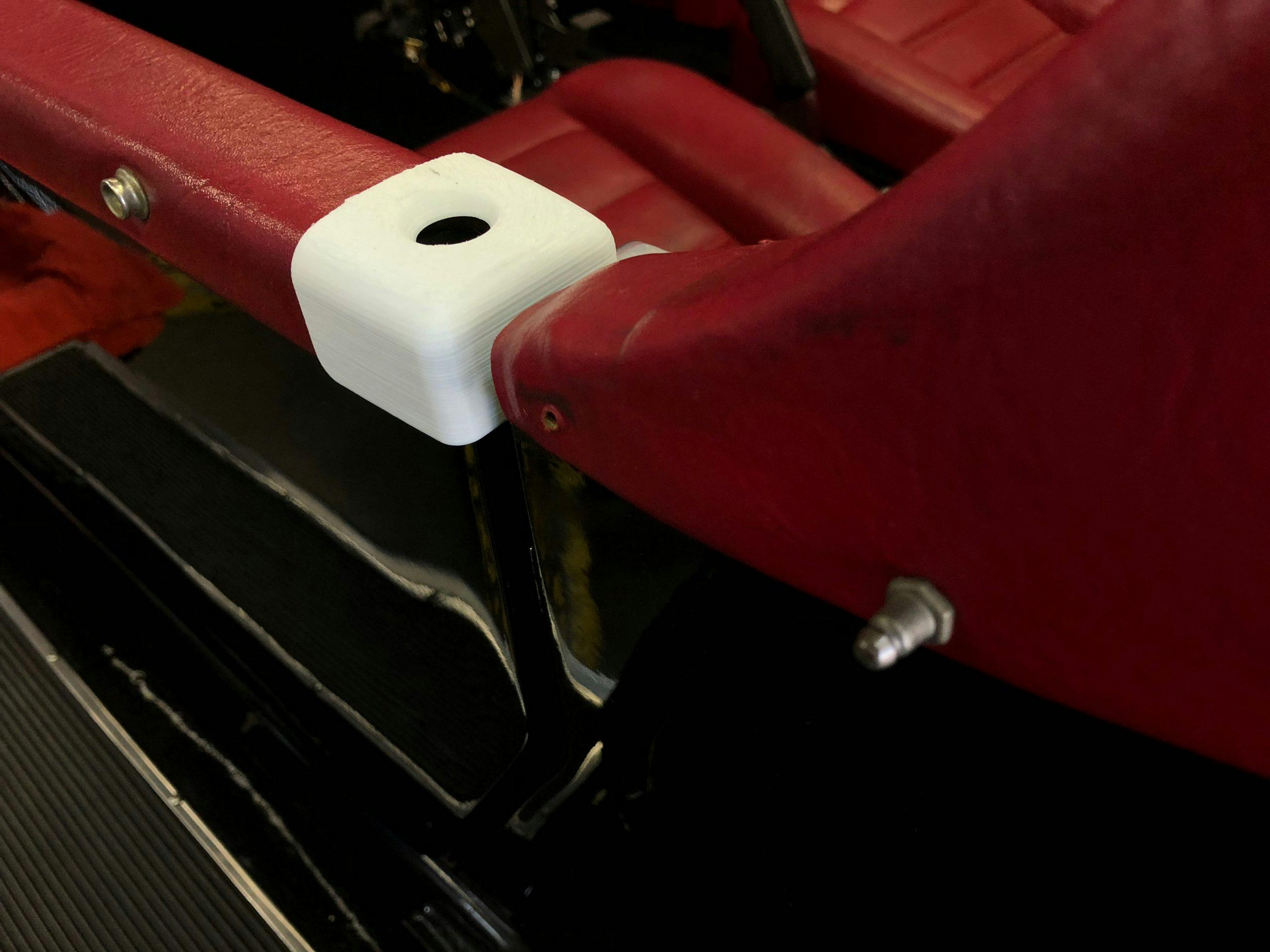
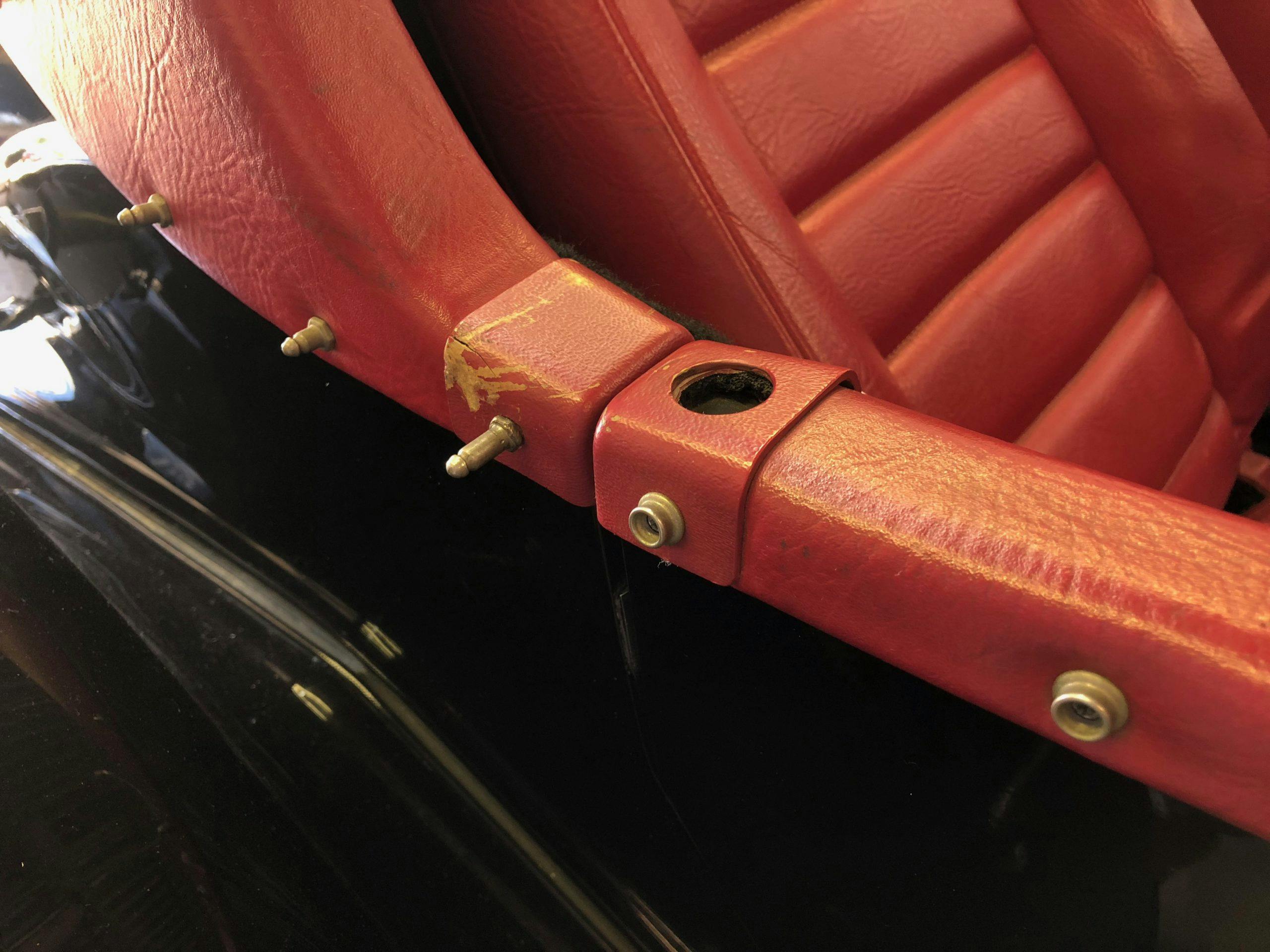
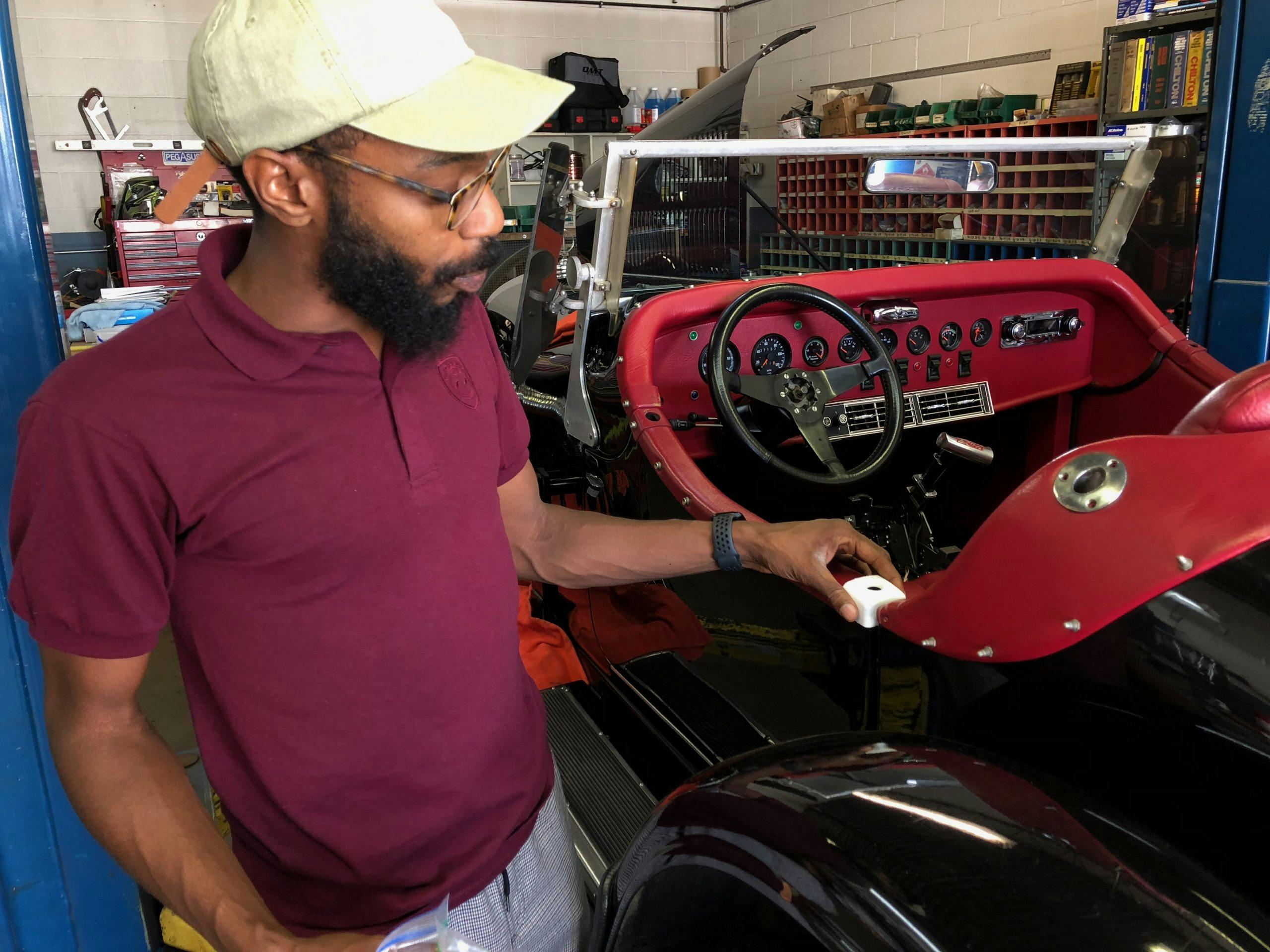
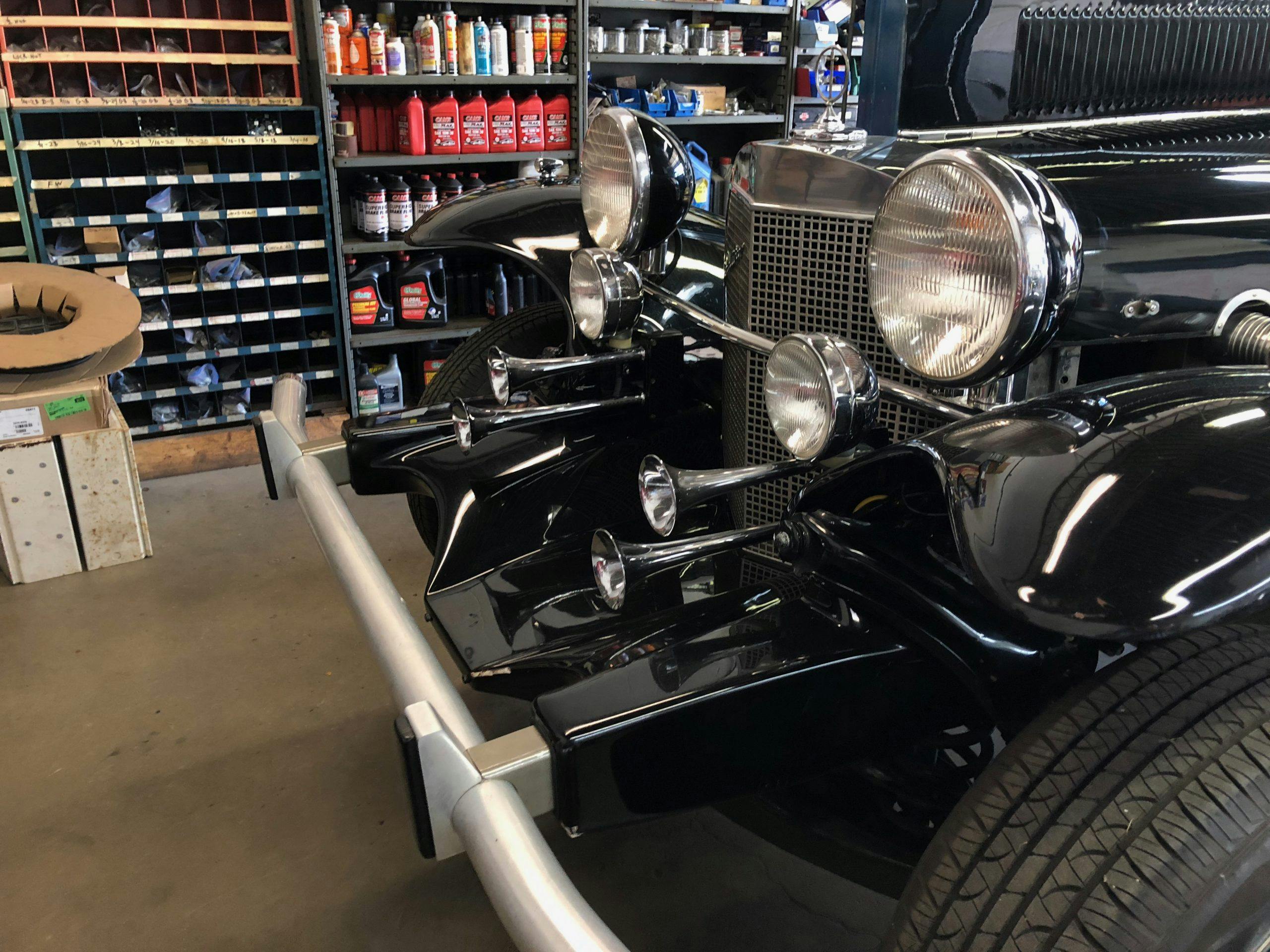
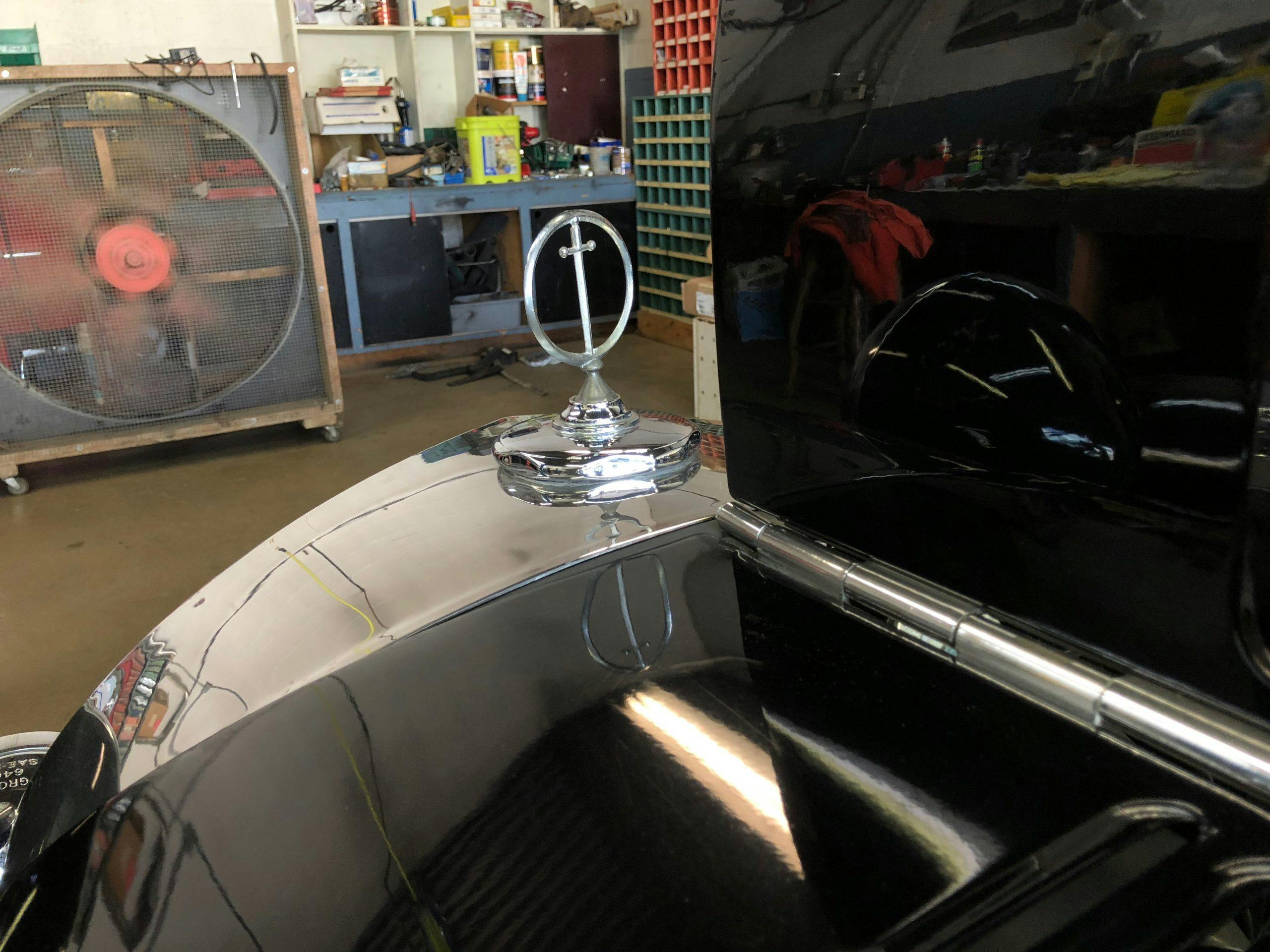
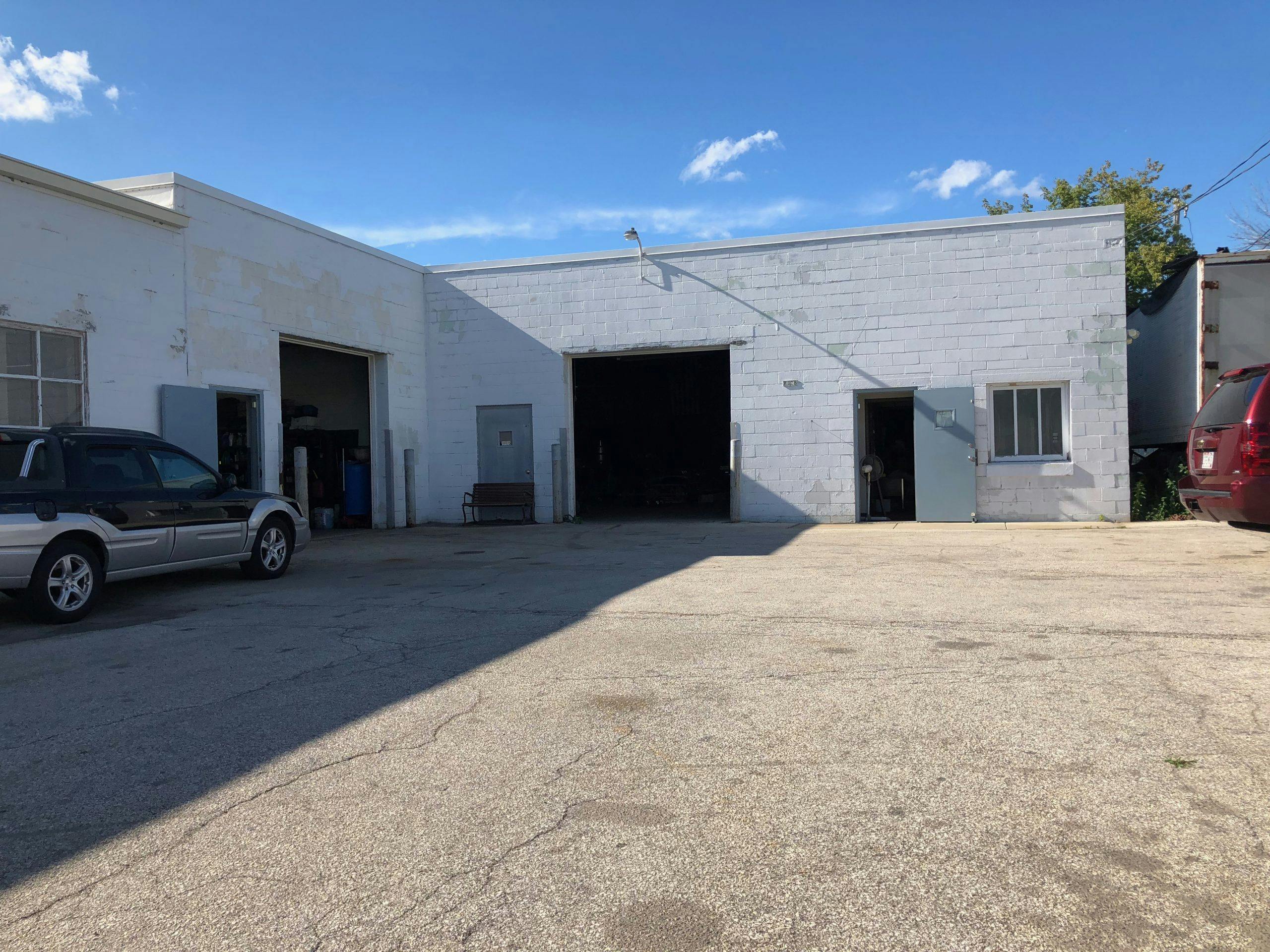

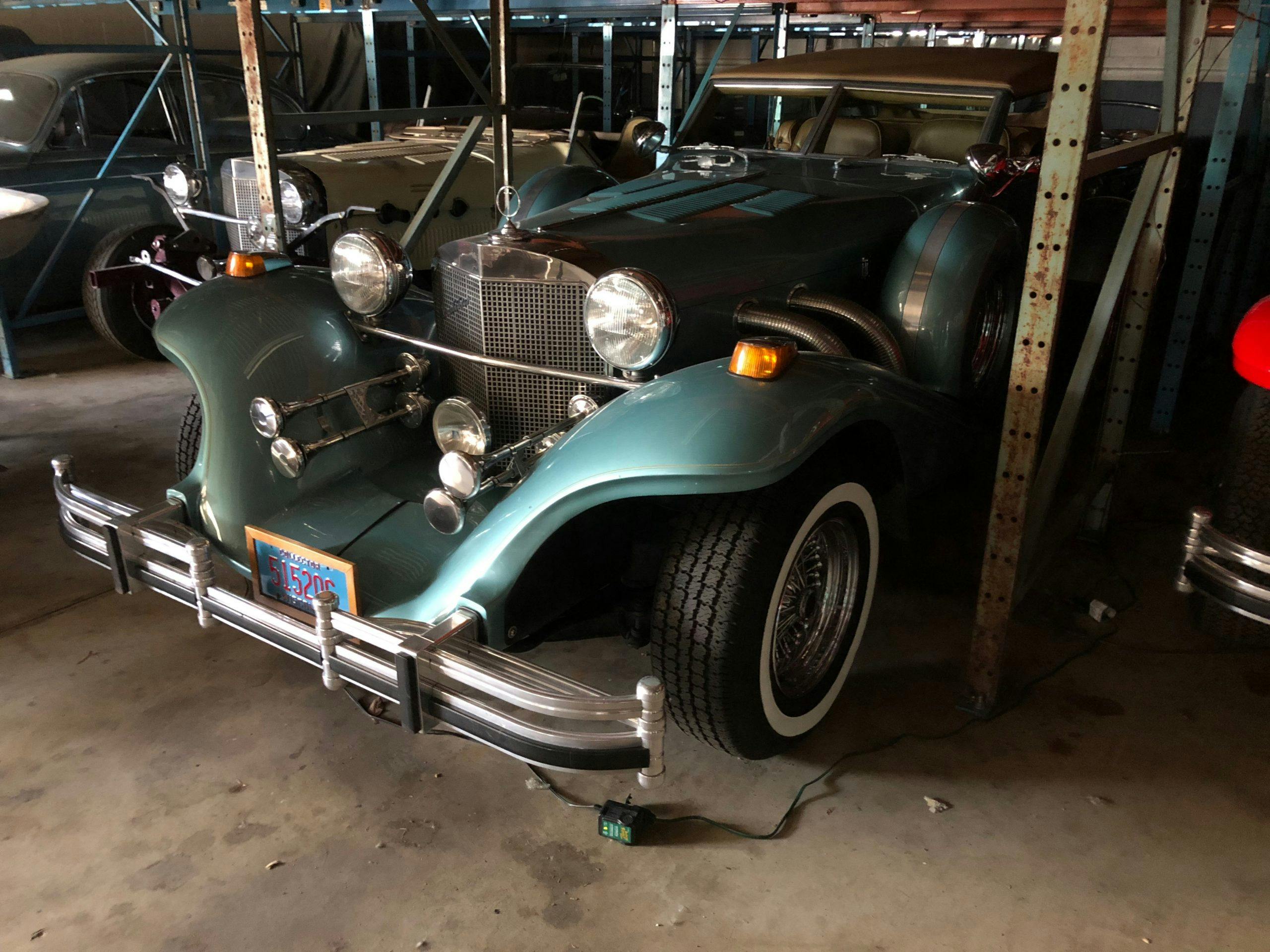

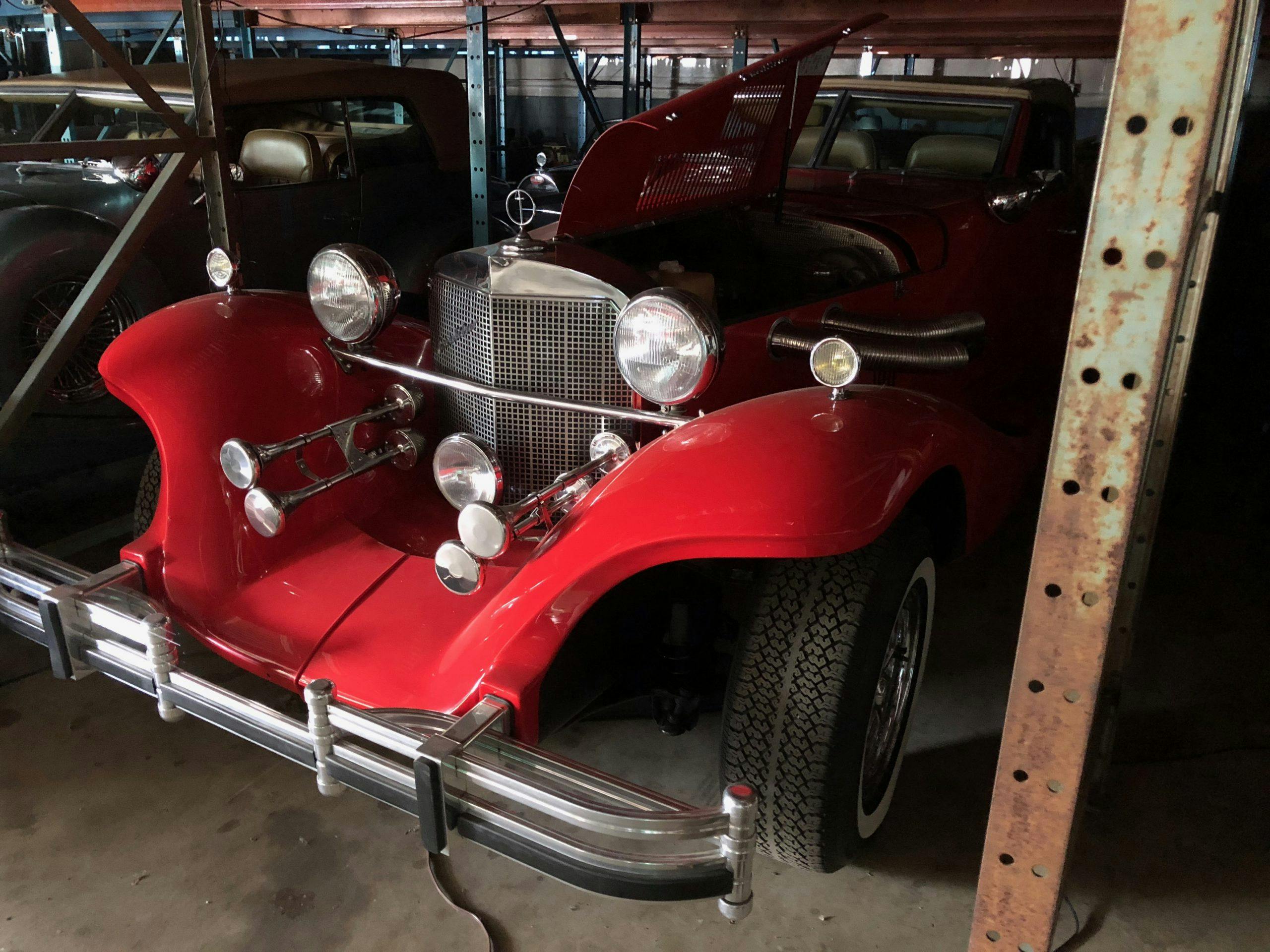
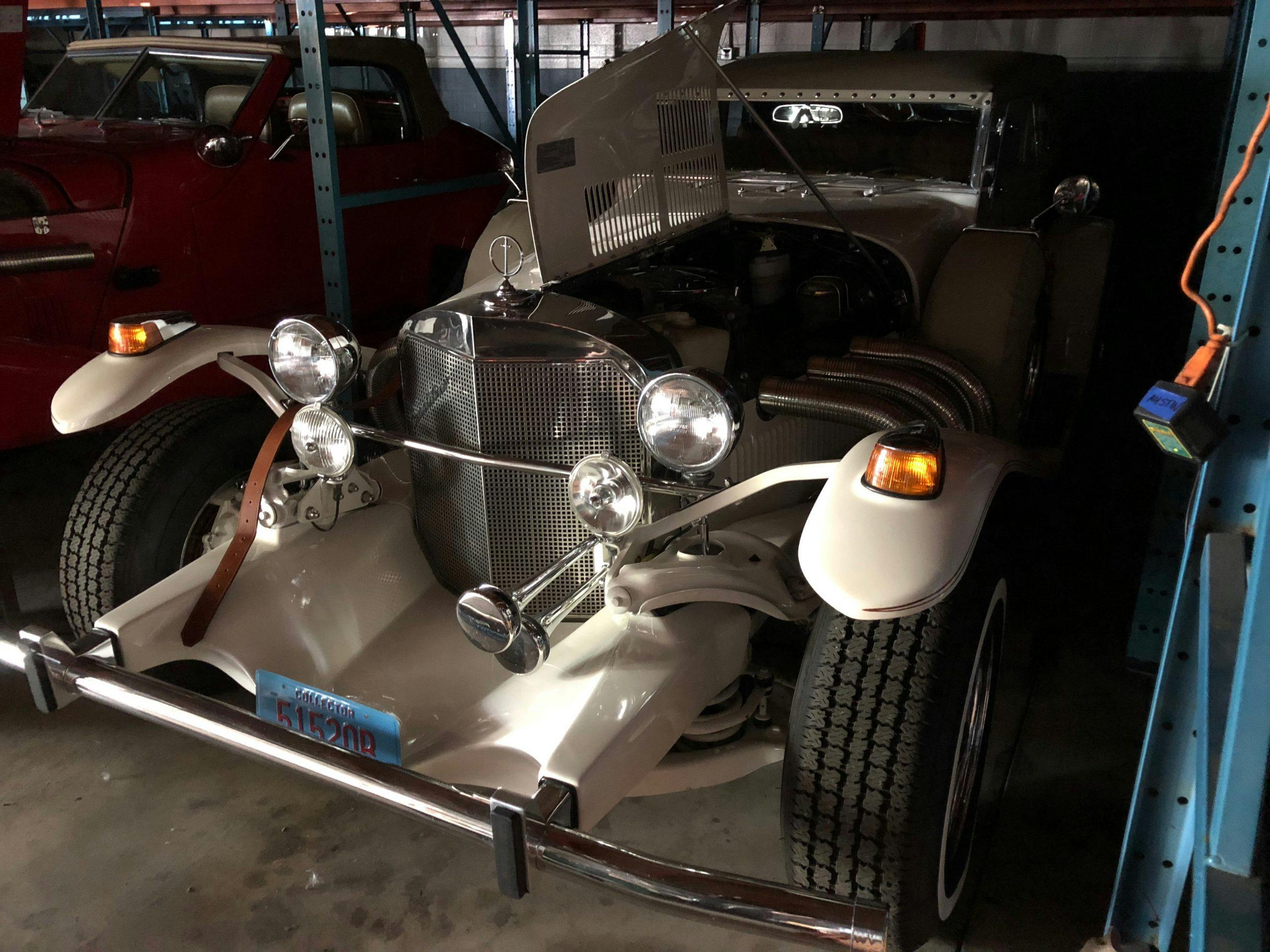
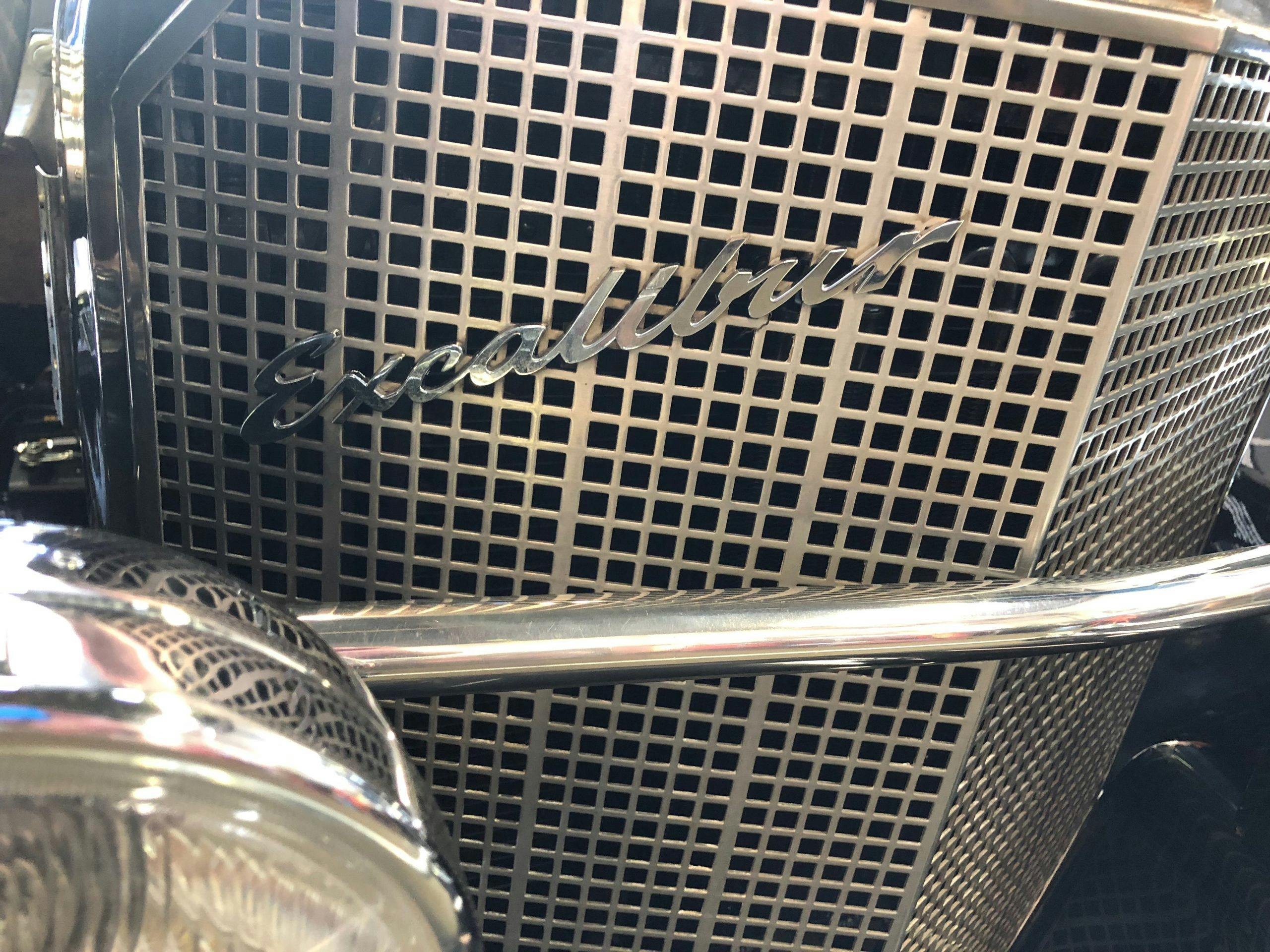
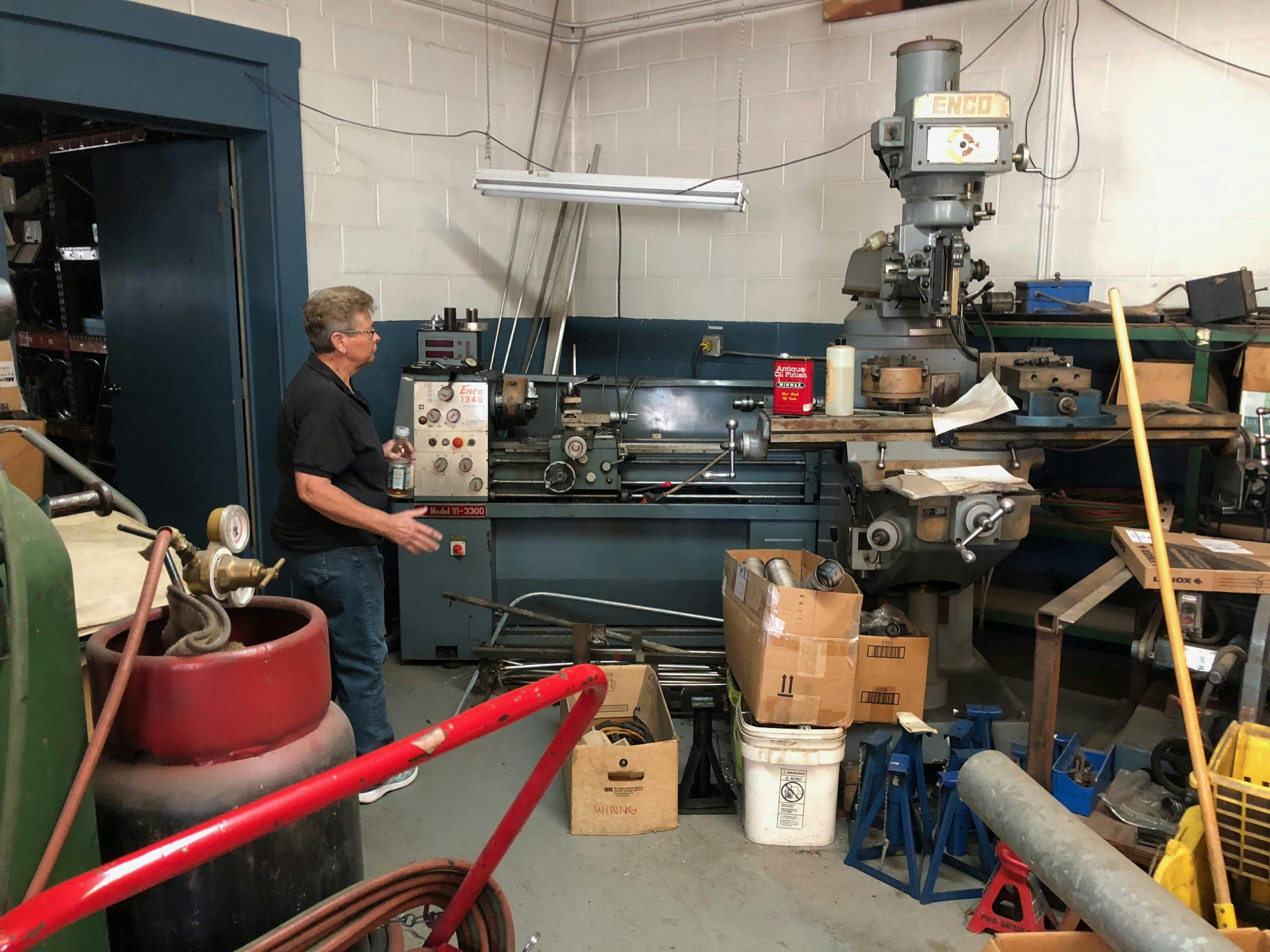
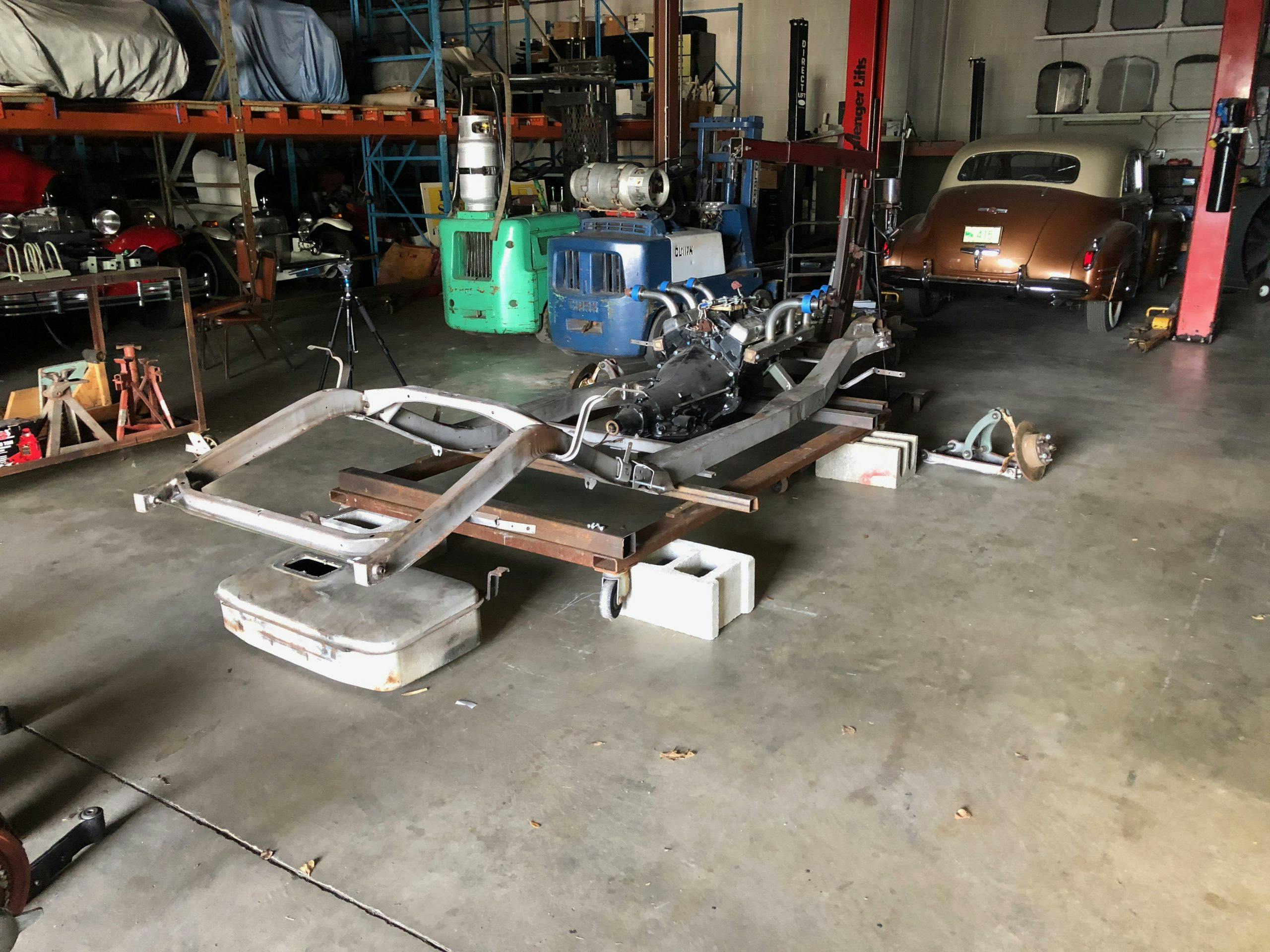
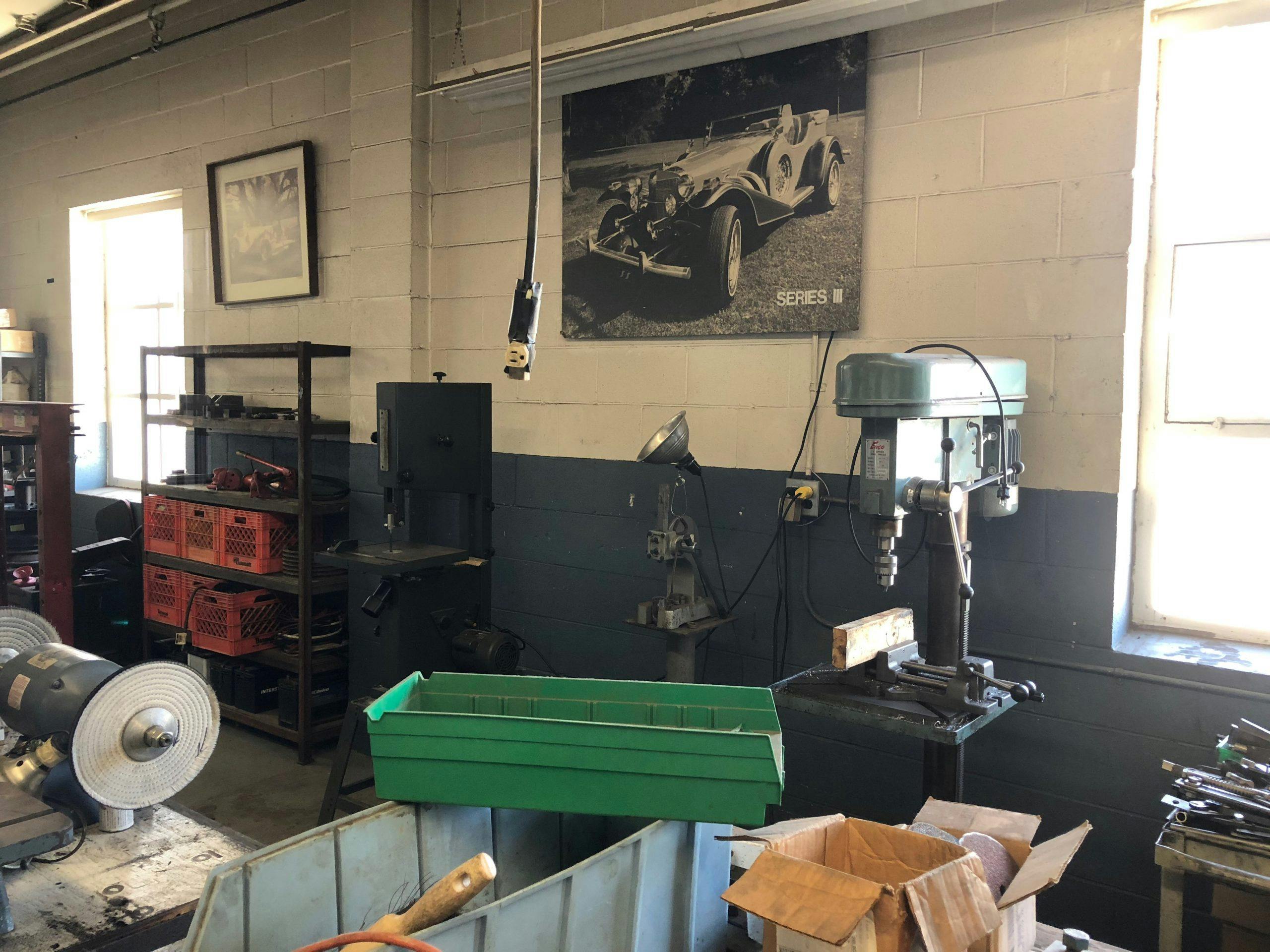
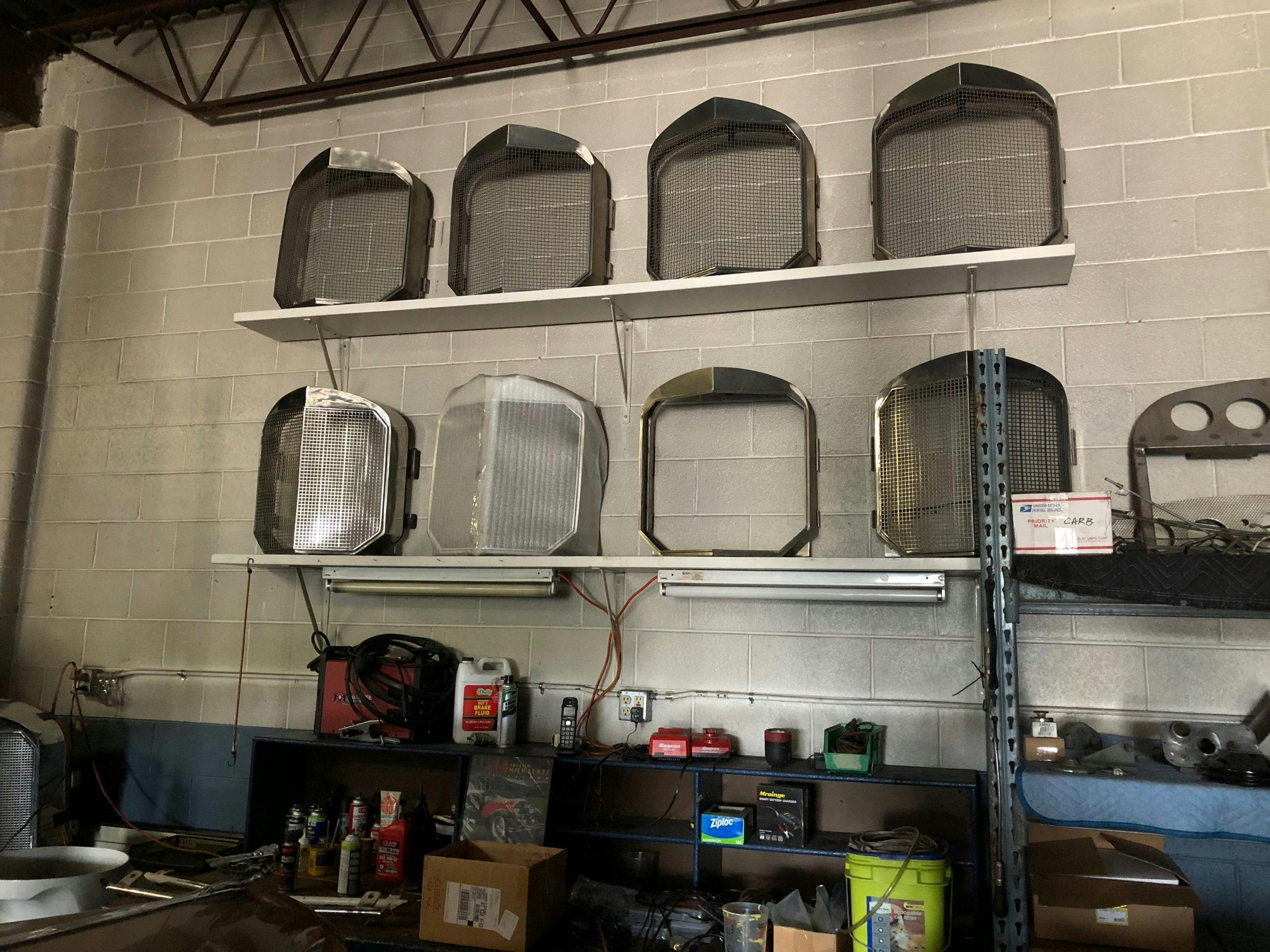
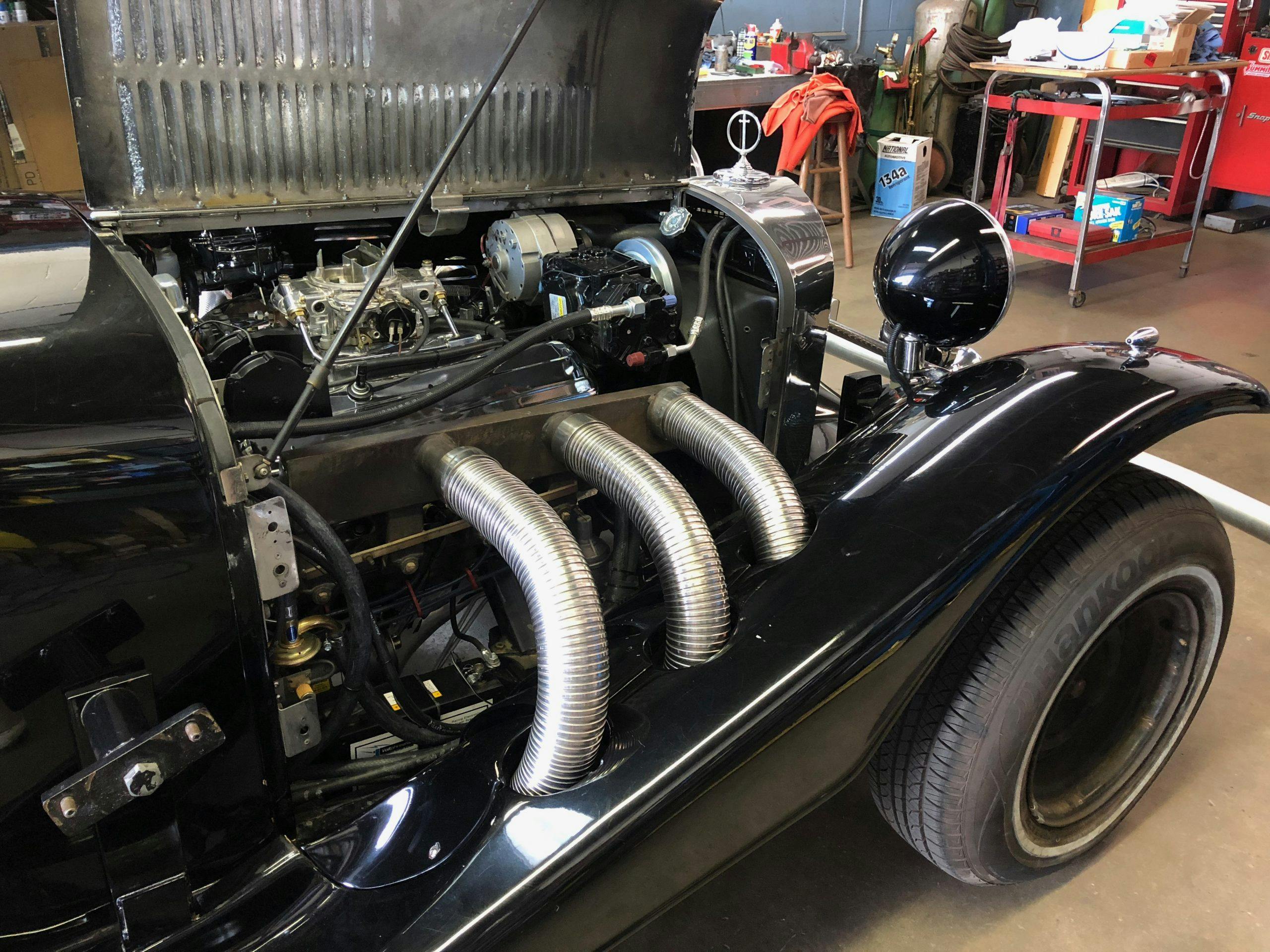
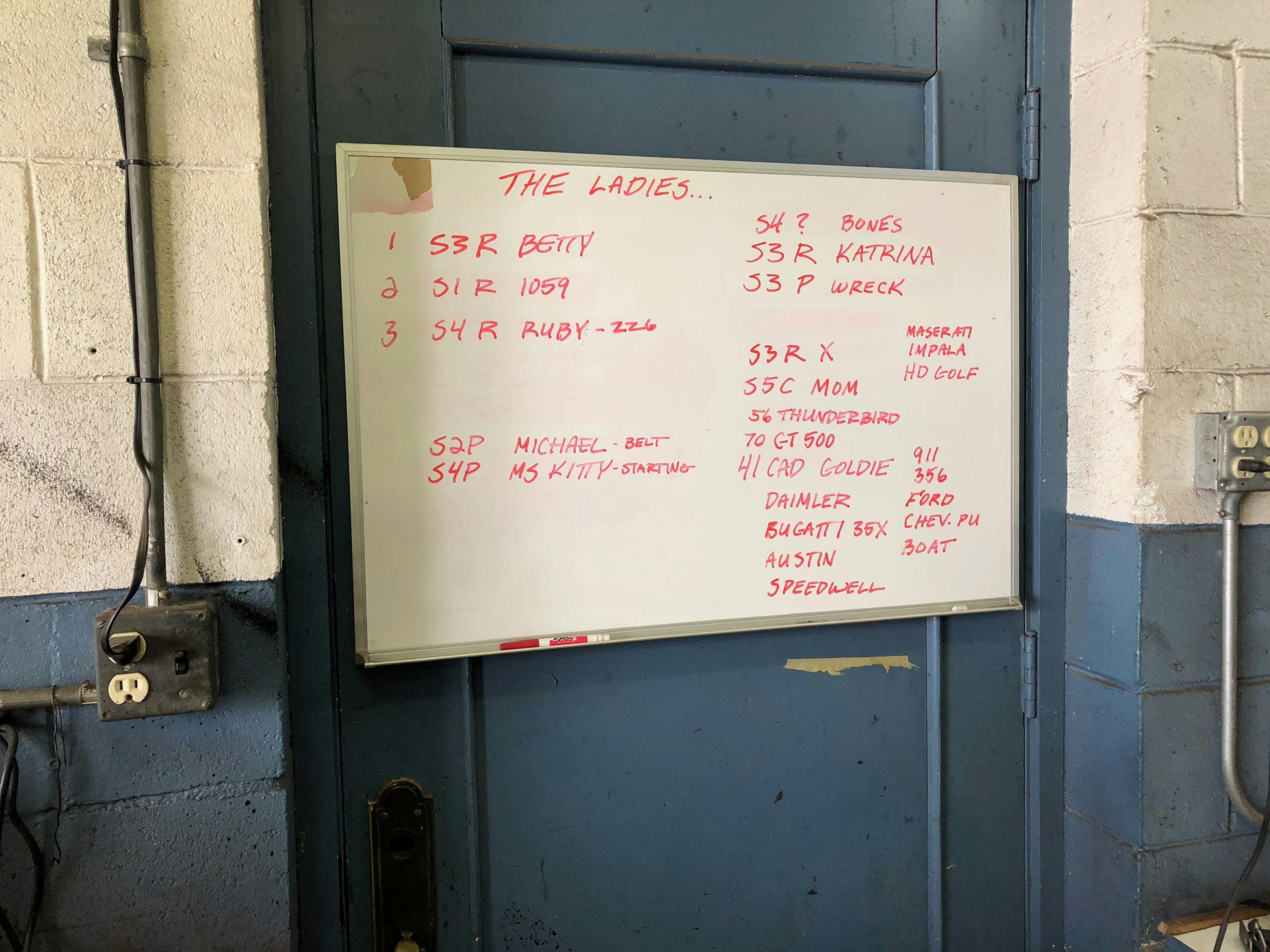
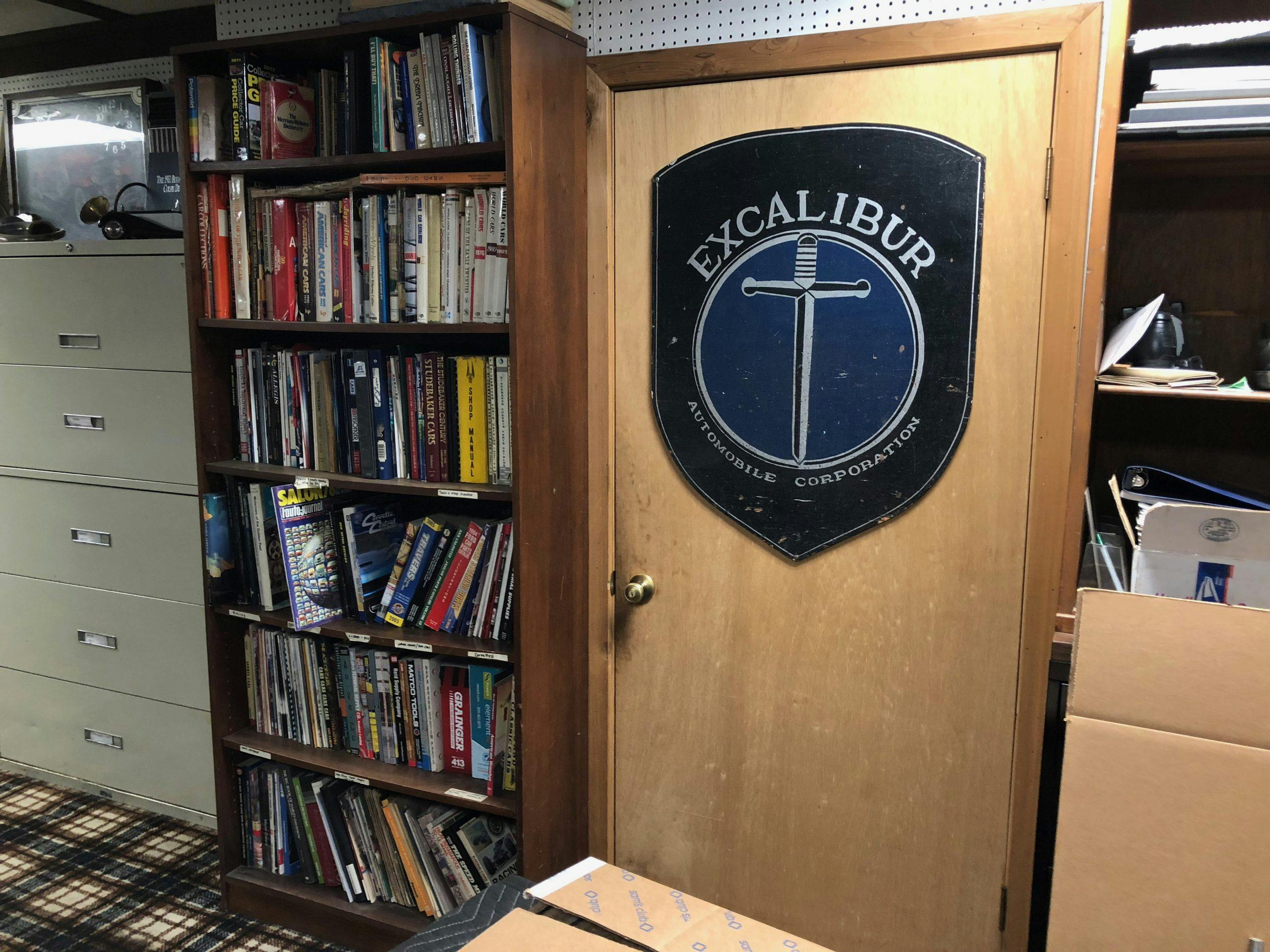


I drove racing cars for Brooks for two years -1978 -80 and never even met Alice.
And how can you talk about Excalibur without mentioning Ray Besasie?